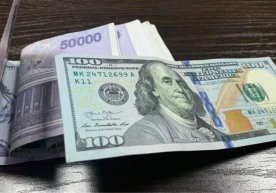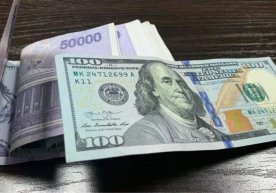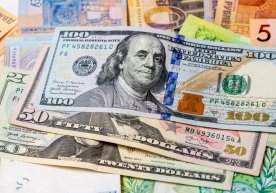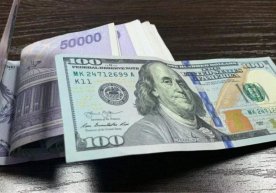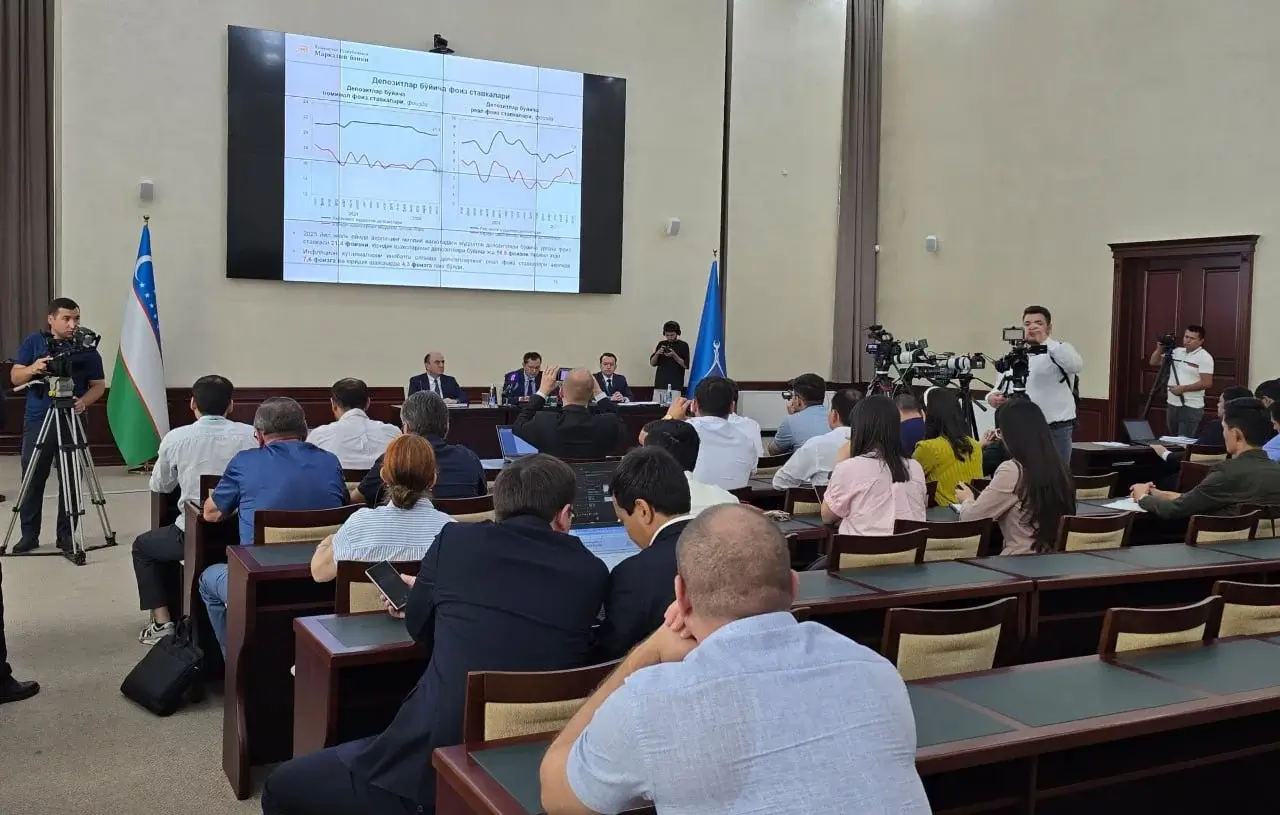
At the press conference in the Central Bank, urgent issues of the financial system were discussed. The main attention was given to the national currency — the som, its exchange rate and its current condition. The Chairman of the Central Bank, Timur Ishmetov, in his speech emphasized that the exchange rate is fully formed on the basis of market principles, that is, through demand and supply. According to him, the Central Bank does not set target indicators for the rate and does not directly interfere in it.
Ishmetov stated that since the beginning of the year the som nominally strengthened by 3–4 percent. As the main reasons for this, the sharp increase of foreign currency supply was noted. For example, in January-June of the current year, exports without gold grew by almost 20 percent, while the total export volume reached 20.4 billion dollars, showing growth of 37 percent. Also, the inflow of foreign investments and loans significantly increased: in half a year 8.5 billion dollars of investments were assimilated.
In January-August, money transfers amounted to 12.1 billion dollars, which is 23 percent more compared to the previous year. At the same time, the volume of currency sold by banks to the population decreased, but the volume of currency purchased from individuals was significantly higher, with a difference of 5.6 billion dollars. This is 40 percent higher compared to last year.
According to the head of the Central Bank, recently the dollar depreciated by 9–10 percent compared to many world currencies. In Uzbekistan, however, the improvement of the internal currency market infrastructure, effective functioning of the “market maker” role, and the increase of activity in the market made the national currency more resistant to external impacts.
“The increase of exchange rate volatility reduces expectations of constant depreciation of the national currency. This protects business entities from currency risks, reduces the level of dollarization in the economy, and increases the effectiveness of monetary-credit policy,” emphasized Timur Ishmetov.
At the same time, although the som strengthened nominally, the real exchange rate since the beginning of the year depreciated by 4 percent. This happened due to the high internal inflation remaining and the stronger strengthening of the currencies of main trade partners compared to the som.
“Taking into account the observed economic trends and general expectations of trade partners, sharp pressures on the real exchange rate of the som are not expected,” added the Chairman of the Central Bank.
Read “Zamin” on Telegram!Users of Меҳмон are not allowed to comment this publication.









